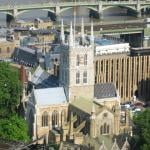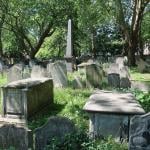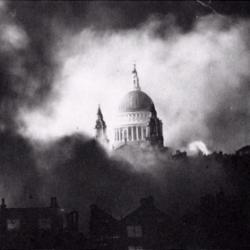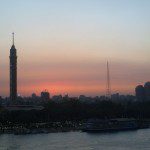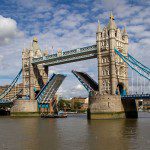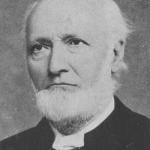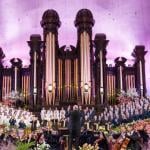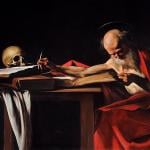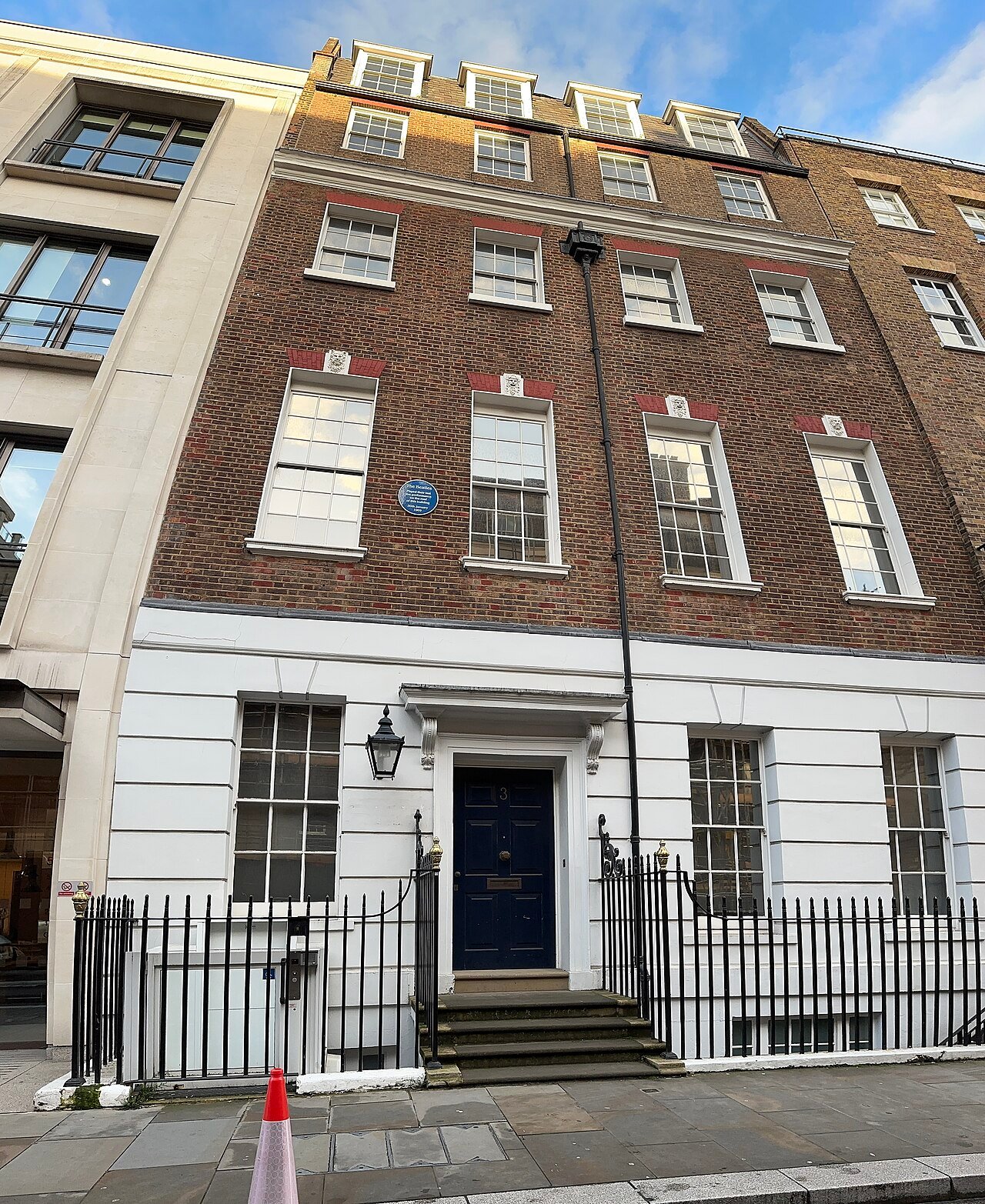
Yesterday, we did a walking tour in Southwark that focused on the dark and impoverished side of greater London in the nineteenth century. This morning, we walked through the Mayfair district, one of the most expensive areas in the world. (It’s also apparently the most expensive item in the London version of Monopoly.). Mayfair is a section of the City of Westminster, in Central London. Part of the West End, it lies between Oxford Street on the north, Regent Street on the east, Piccadilly on the south, and Park Lane on the west. It also borders on Green Park and Hyde Park.
Hotels like The Ritz and Claridge’s are located in Mayfair, as are the Royal Institution, the Royal Academy of Arts, and the famous tailors’ street of Savile Row (where, by the way, the Beatles’ unexpected last concert was held, on 30 January 1969, on the rooftop of their Apple Corp. at No. 3). The future King William IV lived in Mayfair, as did the writers W. Somerset Maugham and Oscar Wilde, as did the still-famous dandy and fashion icon Beau Brummell. George Frideric Handel lived on Brook Street in Mayfair for nearly four decades, creating most of his major compositions there (including Messiah and Music for the Royal Fireworks ). Jimi Hendrix lived in a neighboring building just a bit later, in 1968-1969.
However, we didn’t spend our morning in Mayfair because it’s super-affluent, nor even because it figures in at least one of P. G. Wodehouse’s wonderful books about Bertie Wooster and his manservant, Jeeves — although that would, for me, be pretty sufficient reason. We did a walking tour in Mayfair that was focused on Jane Austen; the district is a setting for parts of her 1811 novel Sense and Sensibility, and we walked past the building in which one of her principal publishers was located. We were accompanied by a very good expert guide and scholar of London history named Kevin Flude.
We walked from Mayfair to Westminster Abbey, where we had an excellent private tour of a remarkable place that, in a way, contains much of the history of England (e.g., the earthly remains of Henry VII, Edmund Spenser, Lord Kelvin, Mary I (“Bloody Mary”), Henry Purcell, Robert Browning, Charles Darwin, Elizabeth I, Neville Chamberlain, Isaac Newton, Samuel Johnson, William Gladstone, Geoffrey Chaucer, Henry V, James Watt, Thomas Hardy, Stephen Hawking, Charles Dickens, and a host of other eminent figures).
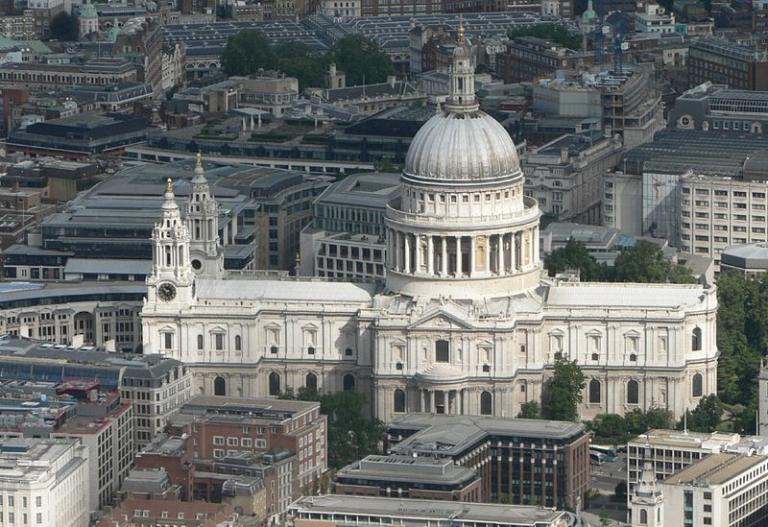
(Wikimedia Commons public domain image)
Our coach driver generously gave us a bus tour of some of the principal sights of London after Westminster Abbey. My wife and got off the bus near St. Paul’s Cathedral. First, we enjoyed an outdoor exhibit on “The Watch” — the volunteers who devoted themselves to protecting the Cathedral during the Nazis’ aerial attacks on London during the Second World War. One member of the Watch, interestingly, was John Betjeman, the future poet laureate of England, whose poem “Christmas” I like to cite during the holiday season.
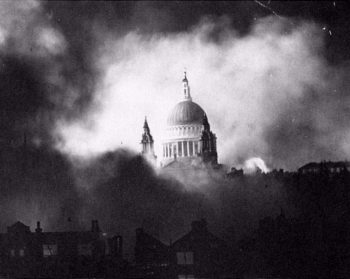
But we were at St. Paul’s in order to attend the Saturday Evensong service. John and Charles Wesley came in for special mention this evening; I suppose that there was a connection between their prominence in the service — the congregation sang one of Charles Wesley’s hymns (“Love’s redeeming work is done”) near the end — and the acknowledged presence in the congregation of two of the leaders of English Methodism. Anyway, we really enjoyed the service. English choral singing has a unique, ethereal, unearthly quality to it, and to hear it in its natural habitat, in the greatest of Anglican cathedrals, is altogether enchanting.
We joined with the congregation in reciting the Apostles’ Creed, in a very slightly different translation than this one:
I believe in God, the Father almighty,
creator of heaven and earth.I believe in Jesus Christ, his only Son, our Lord,
who was conceived by the Holy Spirit,
born of the Virgin Mary,
suffered under Pontius Pilate,
was crucified, died, and was buried;
he descended to the dead.
On the third day he rose again;
he ascended into heaven,
he is seated at the right hand of the Father,
and he will come to judge the living and the dead.I believe in the Holy Spirit,
the holy catholic Church,
the communion of saints,
the forgiveness of sins,
the resurrection of the body,
and the life everlasting.
Amen.
I might want some slight clarification with regard to the phrasing conceived by the Holy Spirit — though the scriptures are very vague and discreet about the conception of Jesus, and we really know very little — but it’s striking and significant to me that a Latter-day Saint (certainly a pair of them!) can join in affirming the Apostles’ Creed in full harmony with our fellow Christians around the world.
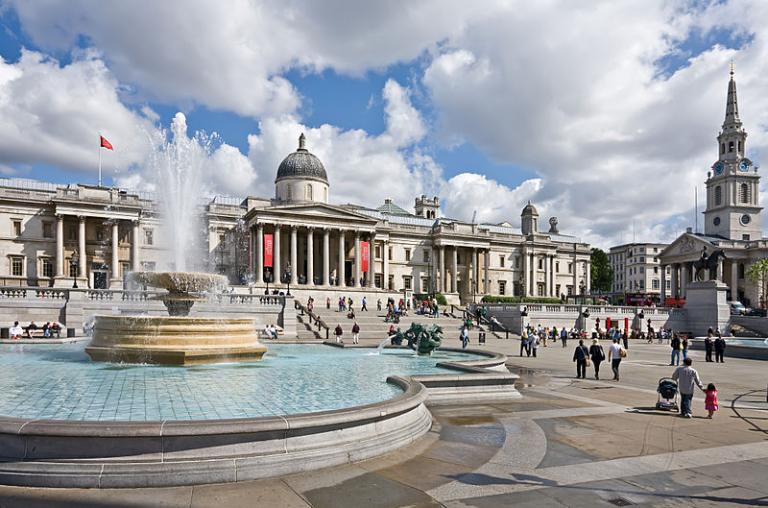
(Wikimedia Commons)
My wife and I went from St. Paul’s to the Church of St. Martin-in-the-Fields, on Trafalgar Square. The square was awash in police dressed in riot gear. We’ve seen large political demonstrations here before, attended to by hordes of police personnel. But that isn’t what this was about. A very large number of very loud out-of-town soccer fans (er, “football fans”) have been visible for the past couple of days, many of them are wearing distinctive striped shirts, and their singing has often been audible. We bought something to drink from a good truck across from Charing Cross Station, and he could scarcely contain his contempt for what had happened in the area on the previous evening. Here’s a corroborating article about it:
Anyway, we attended a concert at the church, which has long been an important London venue for musical events. For many years before I first attended a concert there, I was listening to recordings by the great “Sir Neville Marriner and the Academy of St Martin-in-the-Fields,” and by his successor, the late Iona Brown. Tonight, we heard a gorgeous performance by St. Martin’s Voices of Fest- und Gedenksprüche, (Op. 109), by Johannes Brahms, under the baton of Andrew Earis. I wasn’t familiar with it. Then he and St. Martin’s Voices were joined by the St. Martin’s Chamber Orchestra for the evening’s main offering, Mozart’s Requiem in D minor (K.626). It’s a piece of music that I’ve always liked very much. (As I recall, it plays an important role in the last portion of the film Amadeus — and possibly also in the play, which I’ve never actually seen.)
Requiem aeternam dona eis, Domine, / et lux perpetua luceat eis.
Grant them eternal rest, Lord, / and let perpetual light shine on them.
Posted from London, England


